Buy HYALGAN (SODIUM HYALURONATE) Online
$118.09
CHARACTERISTICS
ACTIVE SUBSTANCE SODIUM HYALURONATE
FORM 1 VIAL X 2 ML
MANUFACTURER FIDIA
HYALGAN is a medication that is used to help alleviate pain and improve joint function in people with osteoarthritis. It is made up of the active substance sodium hyaluronate, which is a natural substance found in the body that helps cushion and lubricate joints.
Composition:
Each 2 ml vial of HYALGAN contains 20 mg of purified sodium hyaluronate, dissolved in sterile physiological saline solution.
Uses:
HYALGAN is used to treat the symptoms of osteoarthritis, a degenerative joint disease that causes pain, stiffness, and swelling in the joints. It helps to replace the natural lubricant in the joints, which can become depleted in people with osteoarthritis.
How to use:
HYALGAN is injected directly into the affected joint by a healthcare professional. The number of injections needed may vary depending on the severity of the osteoarthritis, but most people require a series of three to five injections, spaced one week apart.
Dosage:
The recommended dosage of HYALGAN is one 2 ml injection into the affected joint per week for up to five weeks.
Storage conditions:
HYALGAN should be stored in a refrigerated area between 2°C and 8°C. Do not freeze the medication. Once opened, use the entire content of the vial and do not reuse any remaining portion.
Mechanism of action:
HYALGAN works by restoring the natural lubricating and cushioning properties of the synovial fluid in the joint. The sodium hyaluronate in HYALGAN is similar to the hyaluronic acid naturally found in the synovial fluid in healthy joints.
Precautions:
Do not use HYALGAN if you are allergic to hyaluronan or any other ingredients in the medication. HYALGAN should not be used in people who have infections or skin diseases around the site of the injection. A healthcare professional should evaluate the benefits and risks of using HYALGAN while pregnant or breastfeeding.
Contraindications:
HYALGAN should not be used in people who have infections or skin diseases around the site of the injection. It is not recommended for people who are allergic to hyaluronan or any other ingredients in the medication.
Interactions:
HYALGAN may interact with other medications you are currently taking. Talk to your healthcare provider to know about all the possible interactions.
Overdose:
Overdosing is unlikely but in the case of accidental injection of more than the recommended dose, seek immediate medical attention.
Side effects:
The most common side effect of HYALGAN is pain or swelling at the site of the injection. Most side effects are mild and go away within a few days. More severe side effects, such as an allergic reaction, are rare.
Be the first to review “Buy HYALGAN (SODIUM HYALURONATE) Online” Cancel reply
Related products
Inflammatory Disease
Inflammatory Disease
Inflammatory Disease
Inflammatory Disease
Inflammatory Disease
Inflammatory Disease
Inflammatory Disease
Inflammatory Disease


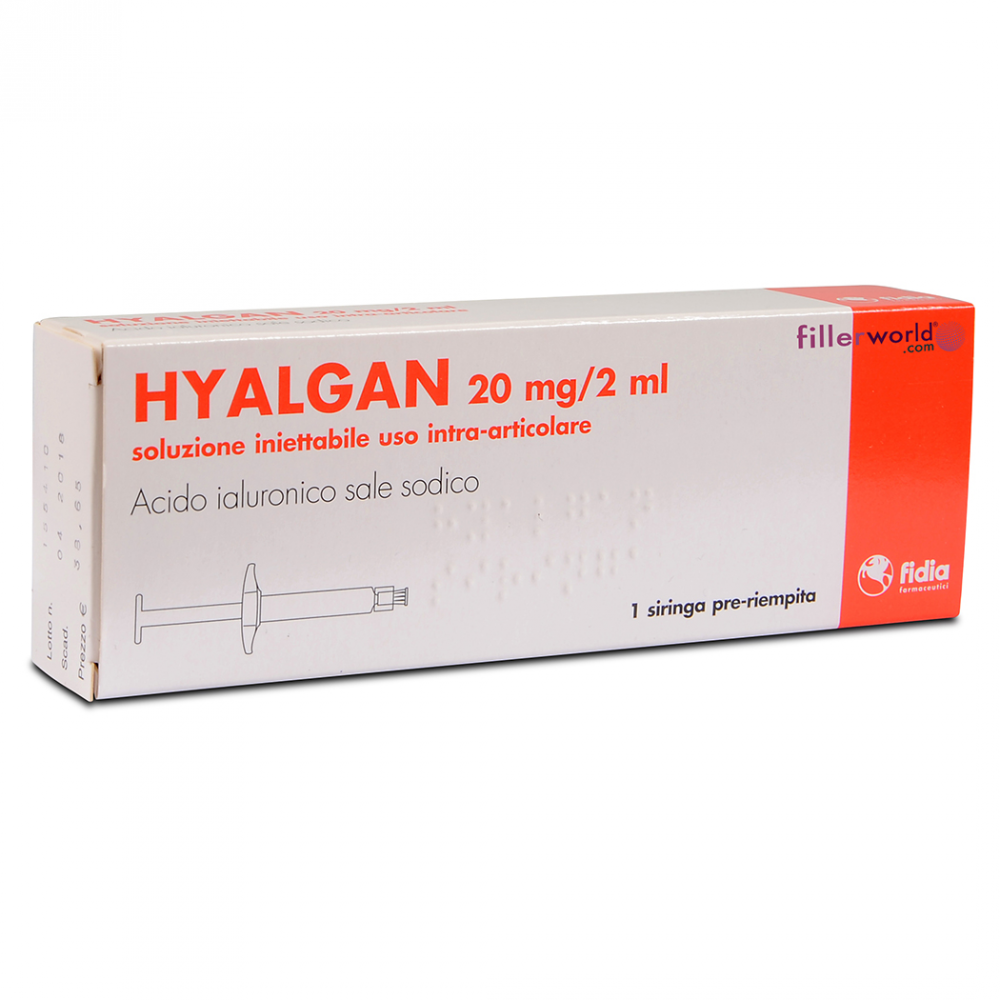
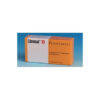
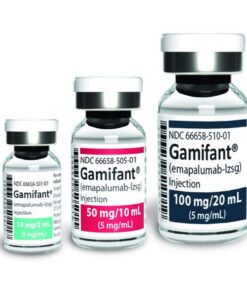
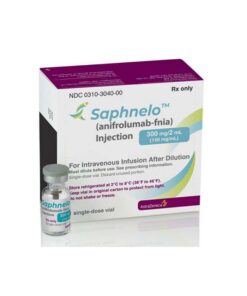
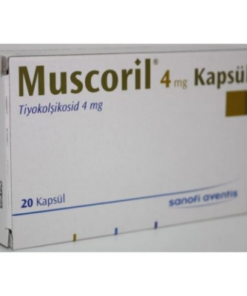
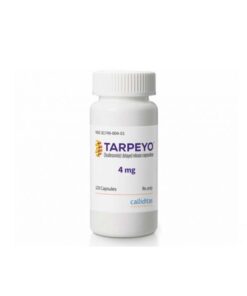
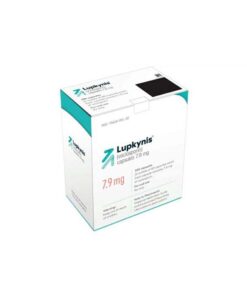
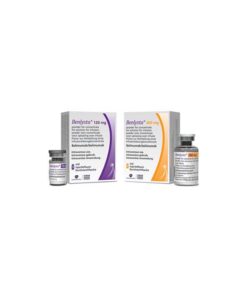
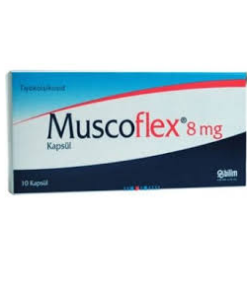
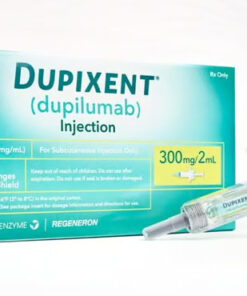
Reviews
There are no reviews yet.